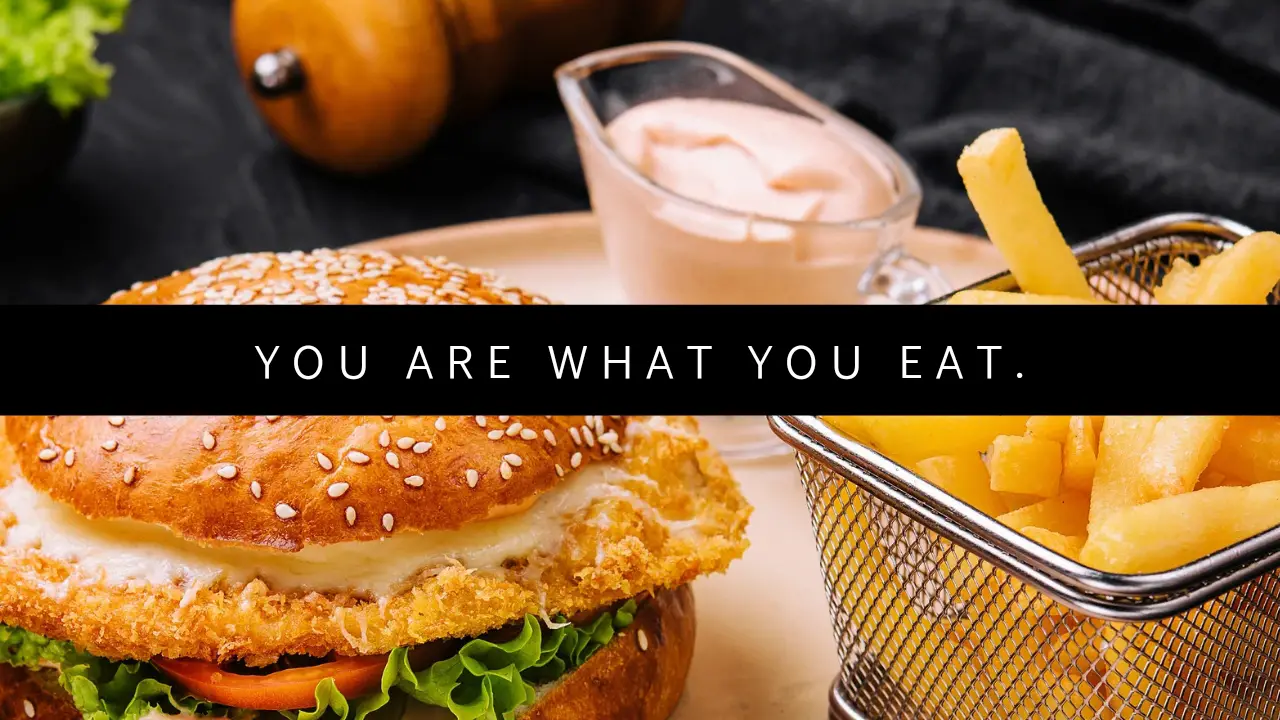There are four common dietary mistakes that can make it nearly impossible to Manage high blood pressure.
1. Rethink the use of salt.
Reducing salt intake is indeed crucial for managing high blood pressure and overall cardiovascular health. Here are some simple steps to help cut down on salt:
- Read Labels: Pay close attention to the sodium content listed on food labels. Opt for products labeled as “low sodium” or “no added salt.”
- Cook at Home: When you cook at home, you have control over the amount of salt added to your meals. Experiment with herbs, spices, and other flavorings to enhance taste without relying on salt.
- Use Herbs and Spices: Herbs, spices, citrus juices, and vinegar can add flavor to your dishes without adding extra sodium. Get creative with seasoning blends!
- Limit Processed Foods: Processed and packaged foods often contain high levels of sodium. Try to minimize your consumption of canned soups, frozen meals, processed meats, and snack foods.
- Rinse Canned Foods: If you use canned beans, vegetables, or fish, rinse them under running water before cooking to remove some of the sodium.
- Be Mindful When Eating Out: Restaurant meals tend to be high in sodium. Ask for sauces and dressings on the side, and request that your dish be prepared without added salt.
- Gradually Reduce Salt: Your taste buds can adapt to lower levels of salt over time. Start by gradually reducing the amount of salt you add to your meals until you become accustomed to less salty flavors.
- Choose Fresh Foods: Fresh fruits, vegetables, and lean proteins are naturally low in sodium. Incorporate more of these foods into your diet to help lower your overall sodium intake.
- Stay Hydrated: Drinking plenty of water can help flush excess sodium from your body and maintain a healthy balance of fluids.
- Consult a Dietitian: If you’re unsure how to effectively reduce your salt intake while still maintaining a balanced diet, consider consulting with a registered dietitian for personalized guidance.
By following these steps, you can easily reduce your salt intake and maintain a healthy blood pressure level.
2. You are in love with snacks and processed foods
Processed meats like sausages and bacon are not only high in sodium but also often contain unhealthy saturated fats and additives, which can contribute to high blood pressure and other health issues.
Using visual cues like sticky notes can be a helpful reminder to opt for healthier snack choices and steer clear of processed foods. Choosing natural, minimally processed foods can indeed support better blood pressure management and overall health.
Saturated fats, commonly found in processed and fatty foods, can contribute to the buildup of plaque in the arteries, leading to atherosclerosis and potentially raising blood pressure. By prioritizing whole foods and healthier cooking methods, you can reduce your intake of saturated fats and support better cardiovascular health.
Incorporating more fruits, vegetables, whole grains, lean proteins, and healthy fats into your diet while minimizing processed and high-sodium foods can have a significant impact on your blood pressure and overall well-being. Making gradual, sustainable changes to your eating habits can lead to long-term health benefits.

The added sugar in these over-processed snacks can only predispose us to diabetes as the excess glucose being stored as fat can lead to unnecessary weight gain and obesity which are risk factors for developing Type 2 diabetes.
3. You are leaving out avocado, oranges, spinach, and tomatoes when you serve
Potassium-rich foods play a crucial role in counteracting the effects of sodium in the body. The sodium-potassium pump mechanism helps regulate fluid balance, nerve transmission, and muscle function.
When you consume foods high in potassium, such as fruits (like bananas, oranges, and avocados), vegetables (such as spinach, potatoes, and sweet potatoes), and legumes (like beans and lentils), you help maintain a healthier sodium-potassium balance in your body. This balance is essential for managing blood pressure levels.
Potassium helps to offset the adverse effects of sodium by promoting vasodilation (the widening of blood vessels), which in turn helps to lower blood pressure. By incorporating more potassium-rich foods into your diet, you can help mitigate the hypertensive effects of excess sodium intake.
It’s important to note that while increasing potassium intake is beneficial for most people, those with certain medical conditions or taking specific medications should consult with a healthcare professional before making significant dietary changes. Nonetheless, for many individuals, focusing on a diet rich in potassium can be a natural and effective way to support blood pressure management and overall cardiovascular health.
4. You are not eating enough dietary fibre
Dietary fiber is an essential component of a healthy diet, and it offers numerous benefits for weight management, portion control, and overall health, particularly in the context of hypertension management.
Here are some key reasons why dietary fiber is crucial:
- Satiety: Fiber-rich foods tend to be filling, which can help you feel satisfied with smaller portions and prevent overeating. This can be beneficial for weight management, as it promotes a feeling of fullness and reduces the likelihood of excessive calorie consumption.
- Regulation of Blood Sugar Levels: Fiber slows down the absorption of sugar into the bloodstream, which helps prevent spikes and crashes in blood sugar levels. This can contribute to better energy levels, improved insulin sensitivity, and reduced risk of type 2 diabetes, which is a common comorbidity with hypertension.
- Promotion of Digestive Health: Dietary fiber adds bulk to stool and helps promote regular bowel movements, preventing constipation and supporting a healthy digestive system.
- Cholesterol Management: Certain types of fiber, such as soluble fiber found in oats, beans, and fruits like apples and oranges, can help lower LDL (bad) cholesterol levels, which is beneficial for heart health.
- Weight Management: Fiber-rich foods typically have a lower energy density, meaning they provide fewer calories per gram. This can support weight management efforts by allowing you to eat larger portions of food with fewer calories.
- Nutrient Absorption: While fiber itself is not digested, it can bind to certain nutrients and facilitate their absorption in the digestive tract, ensuring that your body can make the most of the nutrients in your food.
Incorporating a variety of fiber-rich foods like fruits, vegetables, whole grains, nuts, and seeds into your diet can contribute to overall health and help manage hypertension by supporting weight management, blood sugar control, and heart health.
Discover more from Simple Nutrition
Subscribe to get the latest posts sent to your email.



That’s insightful, thanks for sharing.
Is the blog helpful?